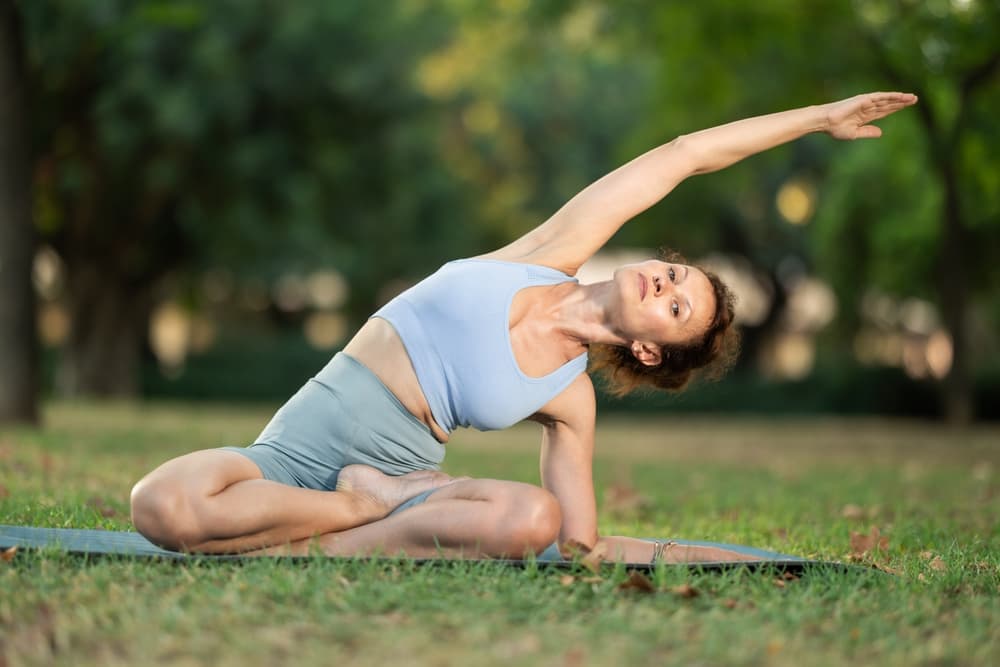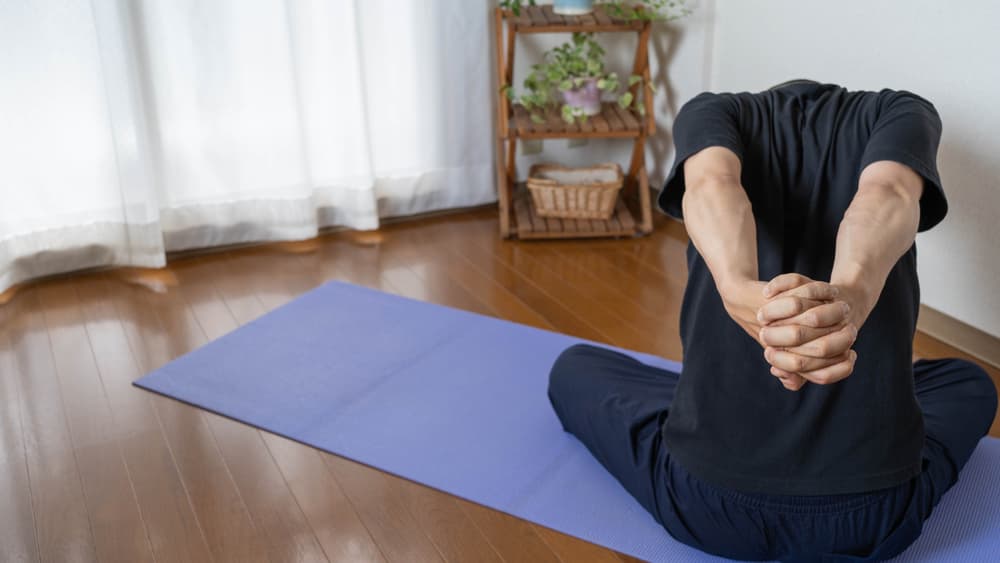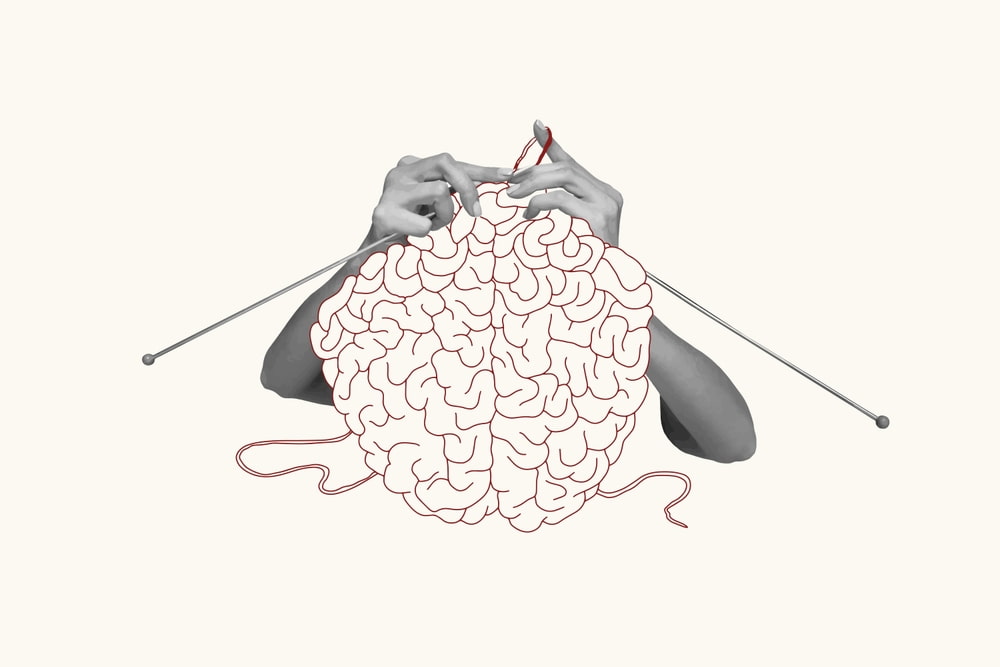Best yoga poses for mental clarity and calm
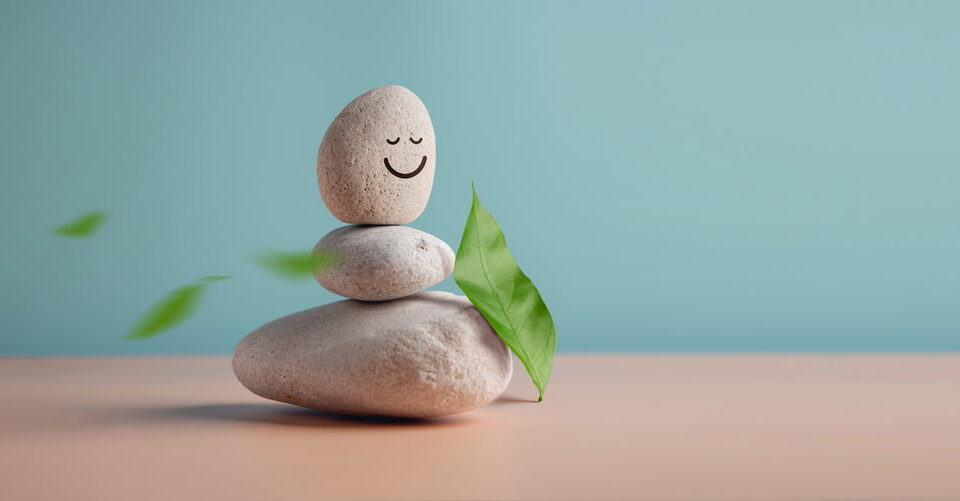

The Power of Yoga for Mental Wellness
In today’s society, people are under a lot of stress and mental exhaustion feels like something less moment. The stress may come from work, family duties or just from the too fast pace of life that we are surrounded by. Yoga is a practice that is effective in dealing with the challenges of psychological well-being.
Studies have shown that practicing yoga has an official influence on mental health and that it is scientifically sound. In addition to giving you physical flexibility, a sustained yoga practice can foster emotional resilience, uplifting mood, and reducing stress. The essence of yoga is discovering the value of mindfulness, which you find when meditating or doing other mindful activities. It is a way to be more present and conscious and love the moment. It is an ancient practice and it still works.
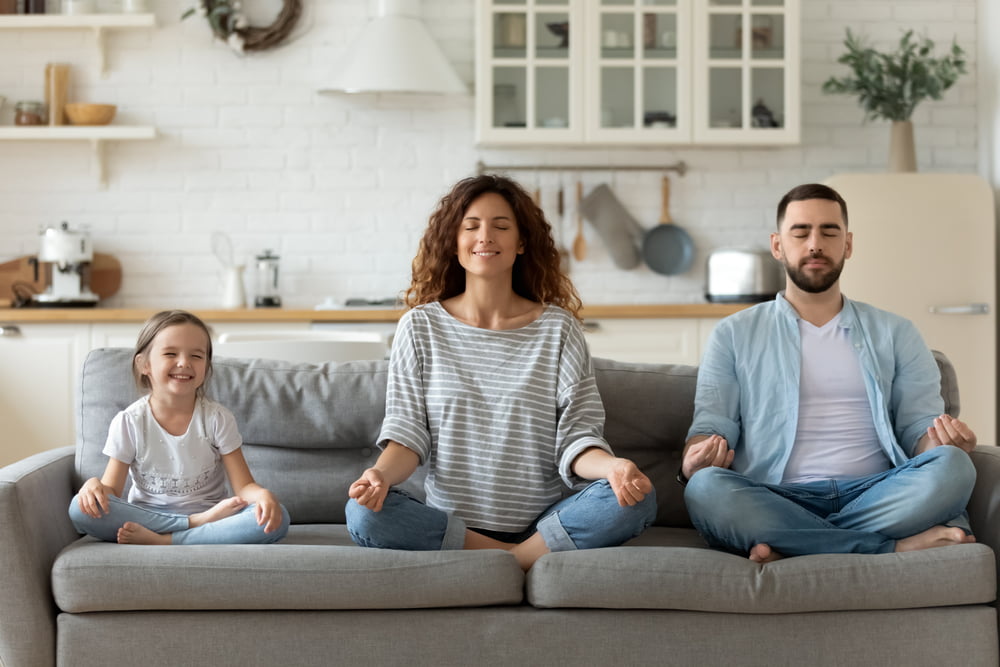

Why Yoga is Beneficial for Mental Health
Yoga is beneficial for mental health for several reasons. First and foremost, it provides a space to be present, which in itself is a powerful antidote to stress and anxiety. The mental chatter that often accompanies stress can be overwhelming. Yoga offers a way to quiet the mind, helping to reduce the noise and create a sense of calm.
The practice of yoga involves controlled breathing (known as pranayama), which has been shown to reduce the levels of cortisol—the body’s primary stress hormone. Not only does yoga have a calming effect, but it also tones the parasympathetic nervous system. This relieves the body of stress and allows it for recovery.
Moreover, yoga triggers the release of endorphins, the natural mood stabilizers of the brain. Consequently, these “feel-good” chemicals help with mood lifting, pain relief, and, most importantly, give a feeling of well-being, that is why yoga becomes a real gun against all those bad influences of stress, anxiety, and depression.


How Yoga Helps with Stress Relief and Mental Clarity
Stress relief is one of the most well-known benefits of yoga. The practice works by calming the body and mind, reducing the physiological effects of stress, such as rapid heart rate and shallow breathing. Through controlled breathing exercises, such as diaphragmatic breathing or box breathing, yoga helps shift the body into a state of relaxation.
Mental clarity also comes from this deep, mindful breathing. When we focus on our breath, we create space in our minds to process our thoughts more clearly, allowing us to make better decisions and approach challenges with a calm, centered attitude.
The findings of scientific research indicate that yoga, as a part of the mindfulness-based practices, contributes the most to mental relief. Yoga is likewise a form of neuroplasticity, which means the brain’s ability to create new nerve cells, and this in turn, is what leads to better mental clarity and concentration. By engaging in mindfulness every day, people can attain a clear, quiet mind that will enable them to feel less stress and be more resilient.


How Yoga Helps Your Mind
Yoga is not only a physical but also a mental retreat that connects you to your body and mind. Yoga has positive effects on mental health since it is associated with increased emotional well-being, and mental clarity is achieved.
The Science Behind Yoga and Mental Health
Research supports the idea that yoga has a positive effect on the brain and mental health. Studies have shown that yoga can reduce symptoms of anxiety and depression by regulating the autonomic nervous system. It’s also known to promote the release of neurotransmitters like serotonin and dopamine, which play a role in mood regulation and the body’s response to stress.
Yoga also improves the functioning of the prefrontal cortex, the part of the brain responsible for decision-making, emotional regulation, and problem-solving. This is why yoga is so effective in improving mental clarity—it enhances your ability to focus and make thoughtful decisions.
Additionally, yoga has been shown to help lower blood pressure, improve heart rate variability, and reduce the body’s production of stress hormones like cortisol. These physiological benefits create a foundation for better mental health, helping you manage stress and stay calm in stressful situations.


Key Benefits of Yoga for Mental Clarity, Calm, and Emotional Well-Being
- Reduced Stress and Anxiety: Regular yoga practice has been shown to reduce cortisol levels, lowering stress and anxiety.
- Improved Mood and Emotional Health: Yoga helps balance neurotransmitters like serotonin, improving mood and reducing symptoms of depression.
- Enhanced Focus and Clarity: Yoga enhances brain function, improving mental clarity and focus, making it easier to think clearly under pressure.
- Increased Self-Awareness: Yoga encourages self-reflection, helping you become more aware of your thoughts and emotions, which supports emotional regulation.
Top Yoga Poses for Mental Clarity and Calm
Yoga offers various poses that specifically target mental clarity, relaxation, and stress relief. Here are some of the best poses to practice for mental clarity and calm:
Hatha Yoga: Simple Poses for Relaxation
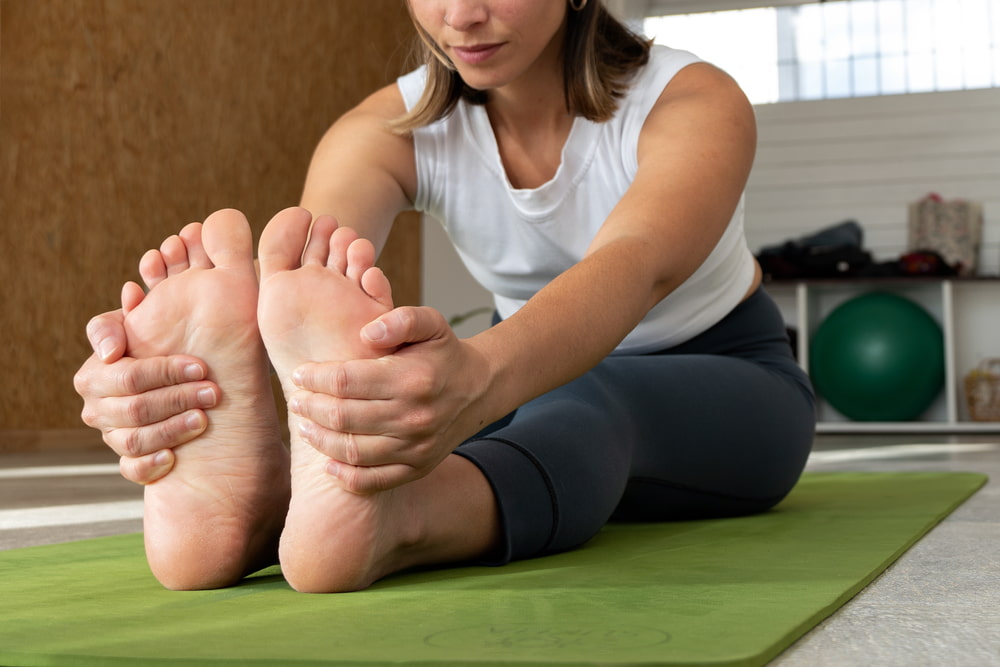

Hatha Yoga focuses on gentle, slow-paced movements that promote relaxation and alignment. It’s ideal for beginners or anyone seeking a restorative practice to relax the body and calm the mind.
- Seated Forward Fold (Paschimottanasana): This pose stretches the back and helps release tension in the spine and legs. It also promotes relaxation and is great for calming the nervous system.
- Child’s Pose (Balasana): A resting pose that calms the mind and relieves stress. It also stretches the lower back and hips, areas where tension tends to accumulate.
Vinyasa Flow: Breathing and Movement to Release Anxiety
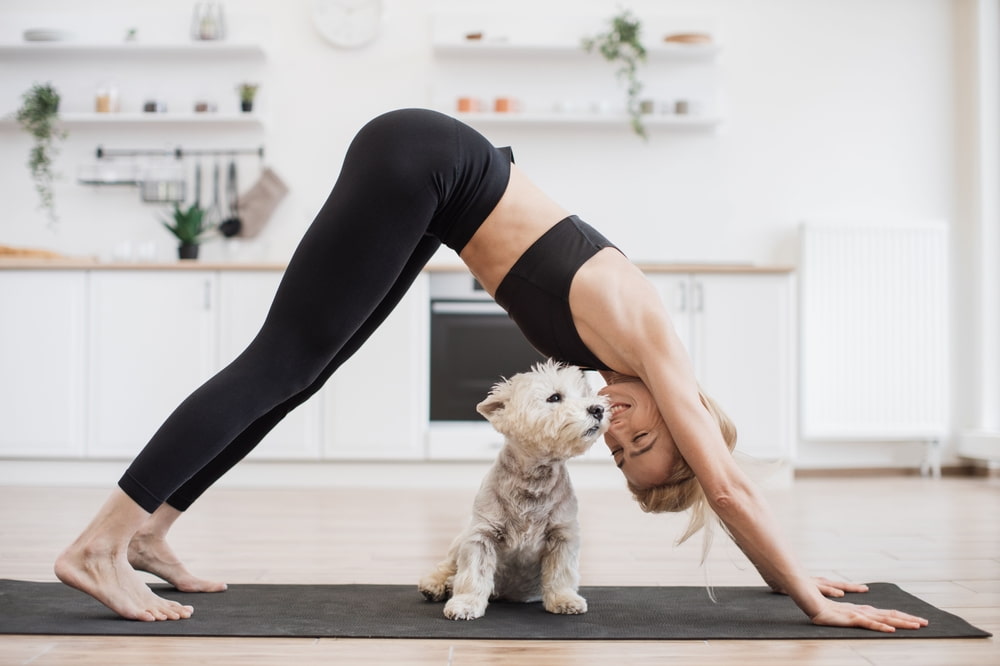

Vinyasa Flow connects movement with breath, helping to release tension and anxiety. The continuous flow of poses encourages focus and helps clear mental fog.
- Downward Dog (Adho Mukha Svanasana): This inversion pose energizes the body, relieves tension in the back and shoulders, and helps calm the mind.
- Warrior I (Virabhadrasana I): This pose improves strength, stability, and concentration. The strong stance helps boost confidence and mental clarity.
Restorative Yoga: Gentle Poses for Inner Peace
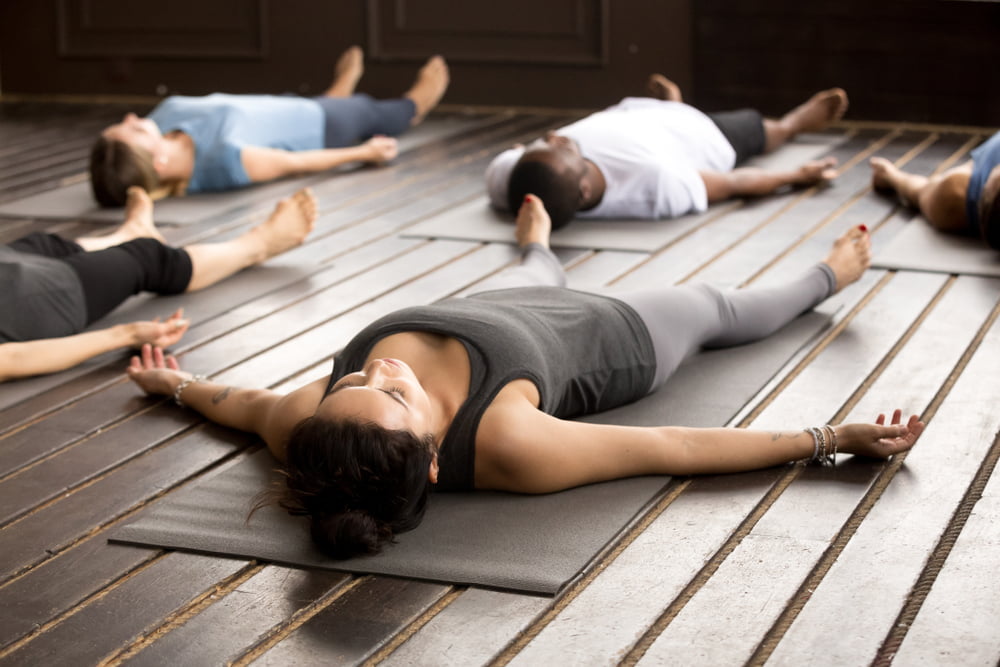

Restorative Yoga is designed to deeply relax the body and mind, using props like blankets and bolsters to support the body in passive, long-held poses. This practice is ideal for promoting deep relaxation and cultivating inner peace.
- Legs Up the Wall (Viparita Karani): A gentle inversion that helps relax the nervous system, reduce stress, and promote circulation.
- Savasana (Corpse Pose): A final relaxation pose where you lie on your back and let go of any tension in your body. It is one of the most effective poses for achieving deep mental calm and clarity.
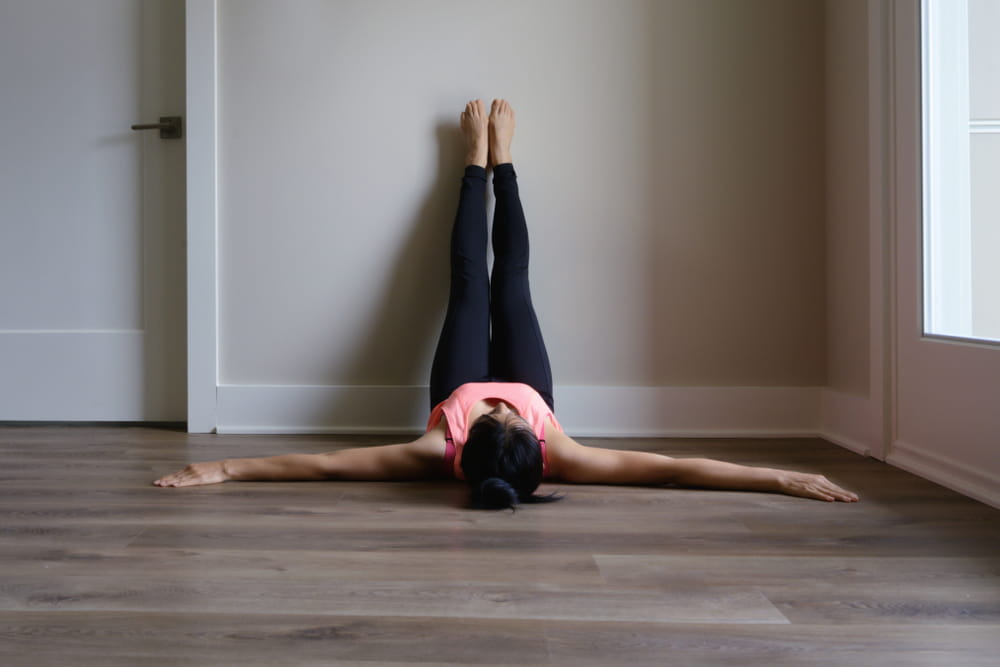

The Best Yoga Poses for Stress Relief and Anxiety
If you’re specifically looking to relieve stress and manage anxiety, the following poses are especially beneficial:
- Child’s Pose (Balasana): A gentle resting pose that stretches the back and promotes a sense of safety and calm.
- Legs Up the Wall (Viparita Karani): This inversion pose reduces tension in the legs, promotes relaxation, and calms the nervous system.
- Corpse Pose (Savasana): Known as the “ultimate relaxation pose,” Savasana helps integrate the benefits of your practice and provides a deep sense of peace.
- Forward Fold (Uttanasana): This pose relieves tension in the back and neck while calming the mind and reducing anxiety.
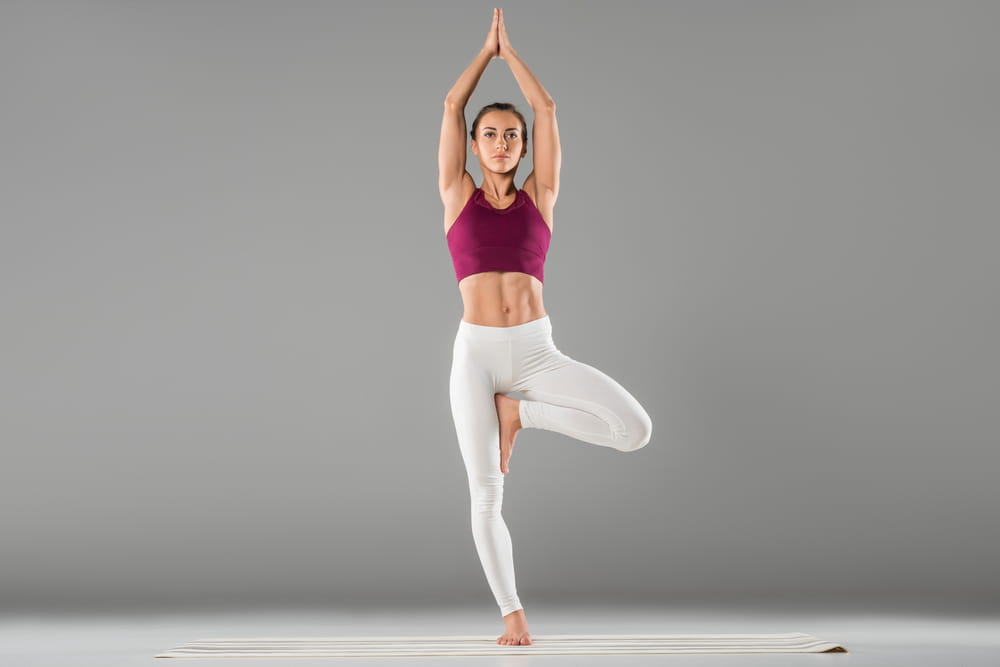

Yoga Poses to Combat Depression
Yoga can be a great complementary tool for managing symptoms of depression. These poses help open the chest, encourage deep breathing, and promote a sense of vitality:
- Downward Dog (Adho Mukha Svanasana): Helps uplift energy levels and relieve tension, while improving circulation to the brain.
- Tree Pose (Vrksasana): A balancing pose that fosters focus, stability, and a sense of grounding.
- Warrior I and II (Virabhadrasana I & II): These strong poses empower you physically and mentally, boosting confidence and energy.
- Camel Pose (Ustrasana): Opens the chest and heart area, encouraging emotional release and promoting a sense of openness and peace.
Incorporating Mindfulness Into Your Yoga Practice
Mindfulness is the practice of being in the current very moment, with no criticism. Yoga can benefit mental health much more if you practice mindfulness along with it. When you are totally involved into your breathing and perceive the physical body’s sensations, you virtually give room for your emotional wounds to be healed and the spirit to be clearer.


How to Practice Mindfulness in Yoga
- Focus on Your Breath: Pay attention to each breath as you inhale and exhale. This helps keep your mind from wandering and allows you to stay present.
- Use Gentle Transitions: Move slowly between poses, staying mindful of how your body feels in each moment. Avoid rushing through your practice.
- Set an Intention: At the beginning of your practice, set an intention or focus on a theme (such as peace, gratitude, or letting go). This helps guide your practice and keeps you grounded.
By incorporating mindfulness into your yoga practice, you create a deeper connection with yourself and increase the benefits of your practice for mental health.
Stories of Successful People Who Use Yoga for Mental Clarity
Yoga is a powerful tool for cultivating mental clarity, reducing stress, and enhancing overall well-being. Many successful individuals from various fields have embraced yoga to improve their mental health, focus, and emotional resilience. Here are a few stories of high-profile figures who use yoga as a tool for mental clarity and well-being:
Example 1: Oprah Winfrey’s Yoga Journey
Oprah Winfrey, who is known as the media queen, is a zealous advocate of yoga, and she claims that it is good both for the mind and the body. Most of her life Oprah had personal difficulties and she linked yoga to have been the source of the power within her to face stress, anxiety, and what the game of fame brings. Oprah is a regular yoga practitioner as she includes the exercise to her wellness regimen, and she uses it as a way of keeping herself grounded and focused.
Apart from its physical advantages, Oprah has been very eloquent about the emotional clarity that yoga brings. She usually states that the practice is a kind of self-love by which she diverts her attention to the breathing practices and gets in touch with her feelings. To Oprah, yoga opens up the possibilities of contemplating our thoughts and reaching to the deepest part of ourselves which in turn allows us to be at peace in the middle of the chaos of working life.
Example 2: LeBron James and His Yoga Practice
One of the best basketball players in the history of the game is LeBron James who has always been open to the idea of yoga as a part of his training plan. His inimitable athletic ability is what makes him always underline the role of mental well-being in his accomplishments. In addition to, yoga is among the things that enforce him being more flexible, and it also provides a solution for those physical and mental challenges when he wants to be the best.
Moreover, LeBron is flexible in his exercise that includes yoga which aims to improve flexibility, prevent injuries, and maintain focus. He is exploring the postures that are conducive to relaxation, which is crucial to him, and hence fantastic and constructive thought come to him. The basketball superstar has attributed yoga to the peacefulness that always keeps him composed during tense moments and the psychological toughness that enables him to concentrate better in high-pressure games. It is Lebron also’s way of recovery that helps him break through on both physical and mental levels after grueling practice sessions or games, which are crucial to his upkeep. His body thus remains his competitive edge as a result of yoga..
Example 3: Emma Watson and Yoga for Calm
Yoga is something that Emma Watson is familiar with and she practices it often in order to help her cope with her mental and emotional stability. She has also been interviewed and she has displayed how yoga is a savior in the world of fame and the constant public scrutiny that follows the public eye.
For her part, yoga is a means of relaxation and stress relief. Mindfulness is something she adopted in her practice, using it for being at peace and keeping oneself calm. Emma has shared about how yoga helps her in dealing with anxiety and staying on track with her personal and professional objectives. It has been a must in her daily schedule, especially in the cases of overwhelming pressure.
Example 4: Steve Jobs’ Use of Mindfulness in Yoga
Steve Jobs, the late co-founder of Apple, was known for his innovative thinking and deep mindfulness practices. While Jobs was not known for traditional yoga, he incorporated many principles of mindfulness and self-awareness into his daily routine, which are core elements of yoga. Jobs often practiced meditation and sought moments of stillness to clear his mind and find mental clarity.
In his quest for creativity and innovation, Jobs understood the importance of mental focus and clarity. His use of mindfulness techniques, which are integral to yoga, allowed him to approach challenges with fresh perspectives and maintain a clear mind during moments of intense pressure. Jobs was a big proponent of simplicity and mindfulness, and his routine often involved moments of quiet reflection that mirrored some of the calming practices of yoga.
Example 5: Richard Branson’s Daily Yoga for Mental Clarity
Richard Branson, the billionaire entrepreneur behind Virgin Group, is another successful individual who swears by yoga for maintaining mental clarity. Branson is known for his adventurous spirit and high-energy lifestyle, but he also prioritizes his mental and physical well-being. He credits yoga with helping him stay sharp and calm, even in the face of challenges.
Branson practices yoga daily, using it to relieve stress and enhance his focus. He also finds that yoga helps him maintain balance in his life, allowing him to manage the demands of running multiple companies while pursuing his personal passions. His practice includes poses that help him relax and recharge, enabling him to stay mentally clear and emotionally resilient.
Building a Routine: How to Get Started with Yoga for Mental Health
Yoga can be incredibly transformative for mental health, but getting started may feel overwhelming, especially if you’re new to the practice. The key to success is to build a sustainable, realistic routine that fits your lifestyle. Below are some tips on how to get started with yoga for mental health, along with advice on creating a routine that supports both your physical and emotional well-being.
Setting a Realistic Yoga Schedule
When starting yoga for mental health, it’s essential to set a schedule that works for you. If you’re new to the practice, start slow and aim for consistency rather than intensity. Setting aside 20 to 30 minutes for yoga, 3 to 4 times a week, is a great starting point. Consistency is more important than length or intensity—shorter, frequent sessions will build the habit and yield better long-term benefits.
As you progress, you can adjust your schedule based on how you feel. Some days, you may want to practice longer or try more challenging poses. On others, you may prefer a restorative session that focuses on relaxation and mindfulness. Flexibility is one of yoga’s greatest strengths, so don’t be afraid to tailor your practice to suit your needs.
Starting Slow: 10-Minute Routines for Beginners
If you’re new to yoga, it’s important to start slow and not rush into advanced poses. Begin with 10-minute routines to familiarize yourself with basic poses and breathing techniques. This helps prevent injury and ensures that you’re building a strong foundation for your practice.
Some great poses to include in your beginner routine for mental clarity and calm are:
- Child’s Pose (Balasana): A restorative pose that calms the nervous system and stretches the back.
- Mountain Pose (Tadasana): Helps improve posture and promotes a sense of stability and focus.
- Cat-Cow Pose (Marjaryasana-Bitilasana): This gentle flow helps release tension in the spine and improves mental clarity.
As you become more comfortable, you can gradually increase the duration of your practice and explore more advanced poses. Remember to listen to your body and practice mindfulness throughout each session.
Key Tips for Maintaining Consistency in Your Practice
- Set Realistic Goals: Establish a simple goal, such as practicing yoga for 10 minutes every morning. This small commitment makes it easier to stay consistent without feeling overwhelmed.
- Create a Dedicated Space: Set up a quiet, comfortable space in your home where you can practice yoga without distractions. Having a dedicated area makes it easier to establish a routine.
- Incorporate Mindfulness: Yoga is more than just physical movement. Focus on your breath and stay present in each moment. This mindfulness practice can enhance the mental health benefits of yoga and make your sessions more meaningful.
- Track Your Progress: Keep a yoga journal where you track your sessions, thoughts, and any emotions that arise during your practice. Reflecting on your progress can help keep you motivated.
- Join a Community: Whether online or in-person, joining a yoga community can provide support and encouragement. Share your journey with others who are also committed to their mental and physical wellness.
Embrace Yoga for a Peaceful Mind and Body
Yoga is not only a physical practice but also a mental and emotional one. By incorporating yoga into your routine, you can experience numerous benefits for your mental health, including reduced stress, enhanced emotional well-being, and increased mental clarity. Whether you’re managing anxiety, seeking relaxation, or looking to improve your focus, yoga offers a powerful tool for achieving mental peace and balance.
As you start your yoga journey, remember that the key to success is consistency. Start with small, achievable goals and gradually build your practice. Allow yourself to be patient and compassionate with your progress, and embrace the journey towards better mental wellness. With time, yoga can become a transformative practice that not only enhances your body but also nurtures your mind and soul.
FAQs: Common Questions About Yoga for Mental Health
Can yoga really help reduce anxiety?
Yes, yoga can help reduce anxiety. The combination of physical movement, breath control, and mindfulness promotes relaxation and helps manage stress. By calming the nervous system, yoga lowers cortisol levels and promotes feelings of calm.
How often should I practice yoga for stress relief?
Aim to practice yoga 3-4 times a week for optimal stress relief. However, even practicing yoga just 2-3 times a week can have noticeable benefits. Start with shorter sessions and gradually increase the duration as you become more comfortable.
Is yoga a good alternative to therapy for depression?
While yoga is a powerful complementary practice for managing depression, it is not a substitute for therapy or medical treatment. Yoga can enhance mood and reduce stress, but for more severe depression, professional help is essential. Combining yoga with therapy can provide a holistic approach to mental health.
Yoga has proven to be a life-changing practice for many successful individuals, and it can be equally transformative for you. By starting small and committing to a consistent practice, you can experience the mental clarity, calm, and emotional well-being that yoga offers.

